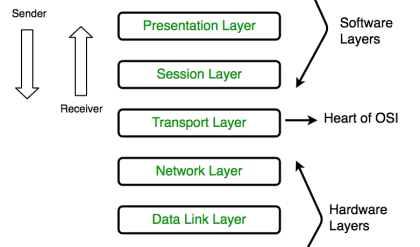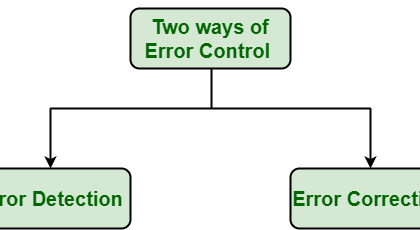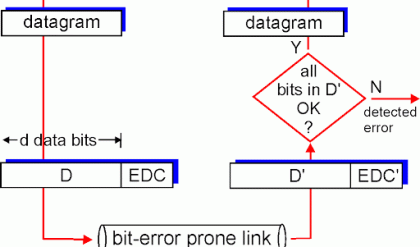If the load impedance mismatches the source impedance, a method called “Stub Matching” is sometimes used to achieve matching.
The process of connecting the sections of open or short circuit lines called stubs in the shunt with the main line at some point or points, can be termed as Stub Matching.
At higher microwave frequencies, basically two stub matching techniques are employed.
Single Stub Matching
In Single stub matching, a stub of certain fixed length is placed at some distance from the load. It is used only for a fixed frequency, because for any change in frequency, the location of the stub has to be changed, which is not done. This method is not suitable for coaxial lines.
Double Stub Matching
In double stud matching, two stubs of variable length are fixed at certain positions. As the load changes, only the lengths of the stubs are adjusted to achieve matching. This is widely used in laboratory practice as a single frequency matching device.
The following figures show how the stub matchings look.

The single stub matching and double stub matching, as shown in the above figures, are done in the transmission lines to achieve impedance matching.





